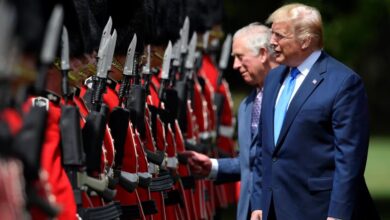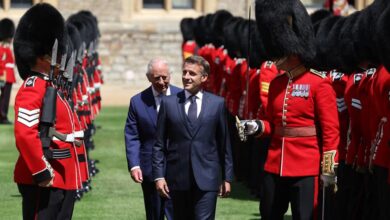
Researchers from the University of Manchester found out that the two famous 4,000-year-old brothers Khanum-Nakht and Nekht-Ankh are from different paternal lines, according to a recent DNA test conducted at the University of Manchester, The Telegraph reported.
During excavation work back in 1907, led by British archaeologist Flinders Petrie, the bodies of the two brothers were discovered at Deir Rifeh, 250 miles south of Cairo.
Sarcophagi inscriptions on their tomb revealed at the time that both men were the sons of a local governor, however, according to recent DNA tests conducted by the University of Manchester, results showed that they shared a mother, but not a father.
Back in 1908, archaeologist Margaret Murray discovered that the skeletal morphology of the bodies were not alike, indicating the absence of a family relationship. Rumors surfaced at the time that one of the brothers was adopted, yet, no scientific proof validated such claims.
Then in 2015, DNA was extracted from the teeth and results showed that both Nakht-Ankh and Khnum-Nakht belonged to mitochondrial haplotype M1a1, proving a maternal relationship.
According to The Telegraph, this year’s analysis is the first of its kind on mummies in the world “to use both mitochondrial DNA, which comes from the mother, and Y chromosome DNA which comes from the father.”
No further details were provided to explain the results.
“Scientists are unsure whether the finding suggests one of the brothers was adopted, or if their mother had an affair, and the true lineage of one of the boys was never publicly acknowledged,” The Telegraph said.
Konstantina Drosou, of the School of Earth and Environmental Sciences at the University of Manchester who conducted the DNA sequencing, said that even though the finding is small it still “adds a very important piece to the big history puzzle.”
“These moments are what make us believe in ancient DNA,” she added.




